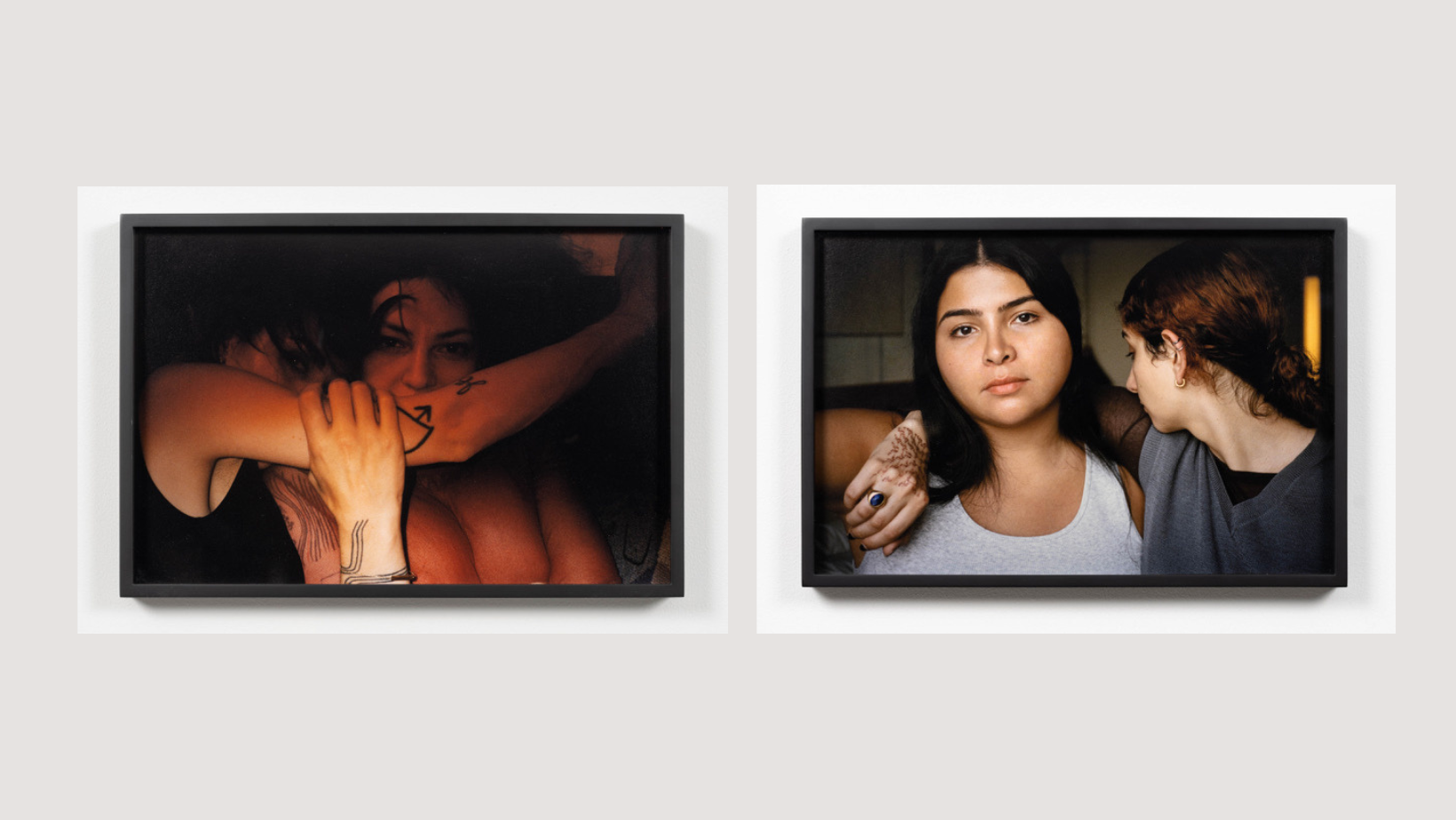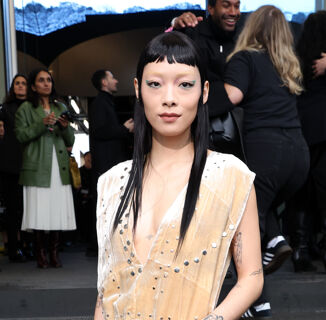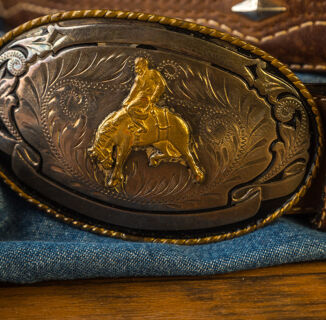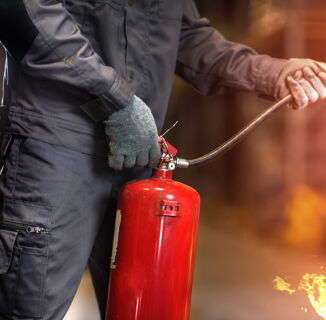On a cold winter’s night when New York finally delivered a windy chill worth wearing layers for, a new show opened at OCDChinatown. Three trans women offered photographs and paintings in a small white room next to the direly expensive secondhand store James Veloria. Boys in Steve McQueen boots and women in tight leather jackets floated around sipping Diet Coke and Sprite. The show in question, “It’s Personal…,” gathers the work of Nash Glynn, Ser Serpas, and Sam Penn under the open question of girlhood. Whether in blurs, sinew, grace, or glamor trans women are on display throughout. Walking through the gallery, the question becomes: how does a trans woman remake God in her own image? What right does a girl have to power? To own her reflection?
In the show’s accompanying text, Hannah Baer asks “who gets to look at women and girls… who gets to decide what happens to women and girls…” Nash Glynn’s work answers the question with a beautiful, tender self-portrait with waxing and waning detail. The slight hint of the surreal blending into the sublime. Ser Serpas seems to eschew the ease of legibility altogether, while Sam Penn delivers confrontational photography documenting the hedonism of a certain New York trans girl scene.

There can be a lot of power in being a trans girl. Trans women are often some of the toughest people I meet. Driving motorcycles, slinging back whiskey shots, dancing until four in the morning, walking past daily menace. But there is a fragility to being a woman: this is certainly not unique to trans women, but we have our own unique crystalline cocoon. Baer’s text is a reminder of the effect that surrounds a walk home from the club, moving from reigning to clicking heels as fast as possible to the subway–or if you’re lucky–to a car. Sometimes we’re lucky to move with a group of girls, or better still, with a man. As we walk in puffy coats listening to sad girl music, men walk up in alleyways and motion for us to take off our headphones. Men ask for our number. Men impinge on the sidewalk and eye us in grocery lines before flashing a photo of their dick to us even as they stand next to their (cis) girlfriend. Men have the right of way.
The question becomes: how does a trans woman remake God in her own image? What right does a girl have to power? To own her reflection?
Grace byron
Men are absent from the world of “It’s Personal…” Sam Penn’s photos depict a trans utopia primarily focused on women alone in their rooms or playing with each other while suckling pleasureably and looking back at the camera with defiance. It’s a who’s who from a scene reminiscent of Kay Gabriel’s beautiful new poem, “TRANNIES, by Larry Kramer:” which features the lines: “Their insides are ribbons of satin. Their hands and mouths are trained for Olympic feats.”
In Penn’s photography, skin appears like juicy apples, waiting to be bitten and enjoyed. Tattooed hands vanish into one another. This isn’t a land of longing, but fulfillment. The subjects of her pigmented archival prints are often lit with oranges and reds washing backgrounds into blurry auras of night vision. “Sarah and Hannah” and “Thora”—with the cerulean water lapping at her and her soapy, washed-out face—both produce instantly recognizable images seared in the mind like late-night memories.

Ser Serpas’ two untitled oil paintings take a different approach: they obscure notions of self-representation. Her sculpture work has been called “deceptively deadpan” by the New York Times. In other exhibitions, she often displays photographs of short-lived sculptural projects made from trash. Meanwhile, the large-scale paintings here are earth-tone snapshots of bodies, breasts, and armpits of stone and olive. They provide an important contrast to the others, arching into a different sandbox that trans artists play in, the one that allows us to obscure the faces of artists who prefer to disappear into the ether.
The two paintings on display by Nash Glynn are both exquisite, dreamy landscapes. Interior (Rose) is awash with light blue brushstrokes surrounding a lone highly-detailed rose in a vase. The line work and brushstrokes are beautifully delicate, tempered by Glynn’s controlled use of color. Exterior (Self-Portrait) is a more maximalist: The sky screams in pinks and indigos washing against layered mountains of clouds. Sitting on a chair draped in cloth, Glynn lounges facing away from the viewer in profile, her curves accentuated against the drop of dark hair. She’s already been admired by Hari Nef.
It’s nice to see a show that seriously considers the art of trans looking—both looking at trans women and trans girls looking back. It makes me wonder what a larger-scale group show of trans women artists would produce. In a sampling of contemporary art at SPRING/BREAK last year there seemed to be hardly any trans women artists present. We know how this goes, how often gallery erasure forces trans women to build shows of their own. Perhaps one day instead of “This is the Guggenheim going fag,” as an interviewer once teased Felix Gonzalez-Torres, they’ll say “This is the Guggenheim going tranny.”
I would like to see it.
On the walk back to the subway my heels clicked against the salted stone streets, my insides were ribbons of satin, and I was tired but glad not to be walking home alone. ♦
Grace Byron is a writer from Indianapolis based in Brooklyn. She used to make films. Her writing and work have appeared in AV Club, Peach Mag, and The Baffler. She tweets @emotrophywife.
Help make sure LGBTQ+ stories are being told...
We can't rely on mainstream media to tell our stories. That's why we don't lock our articles behind a paywall. Will you support our mission with a contribution today?
Cancel anytime · Proudly LGBTQ+ owned and operated
Read More in Entertainment
The Latest on INTO
Subscribe to get a twice-weekly dose of queer news, updates, and insights from the INTO team.
in Your Inbox













